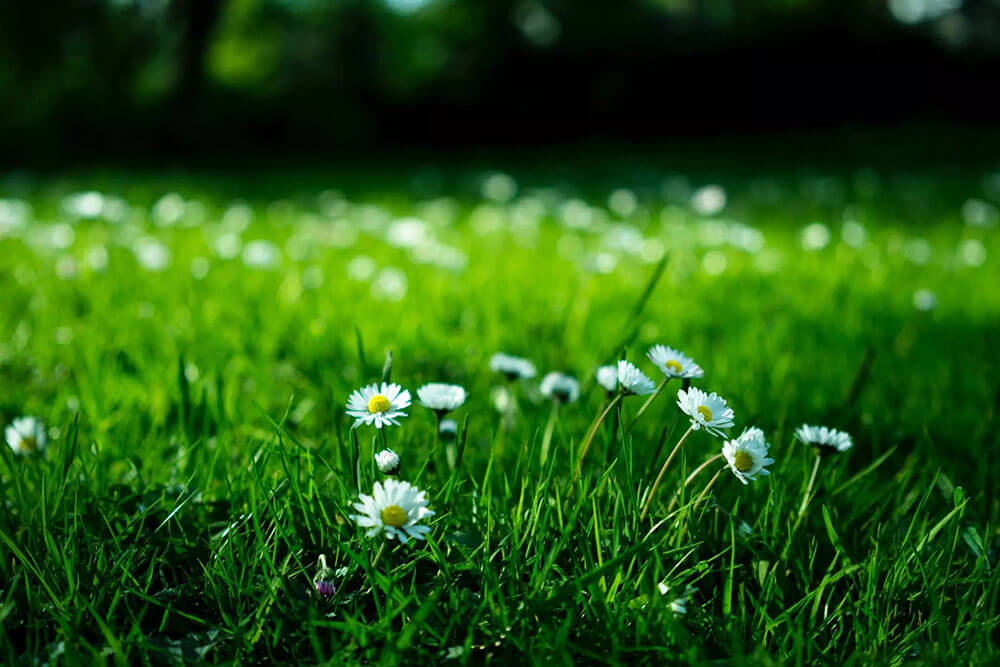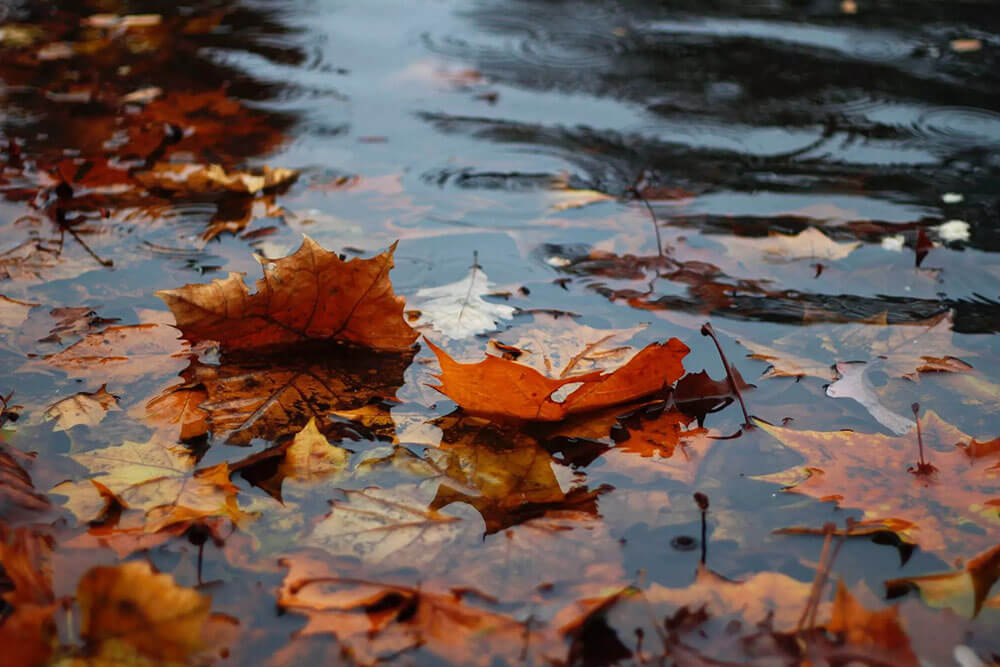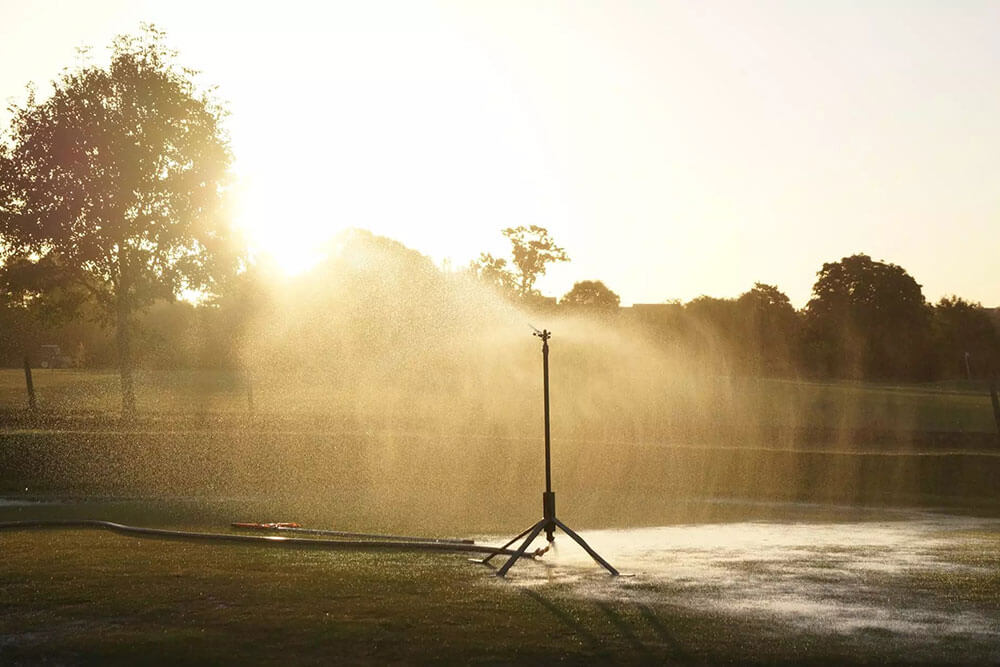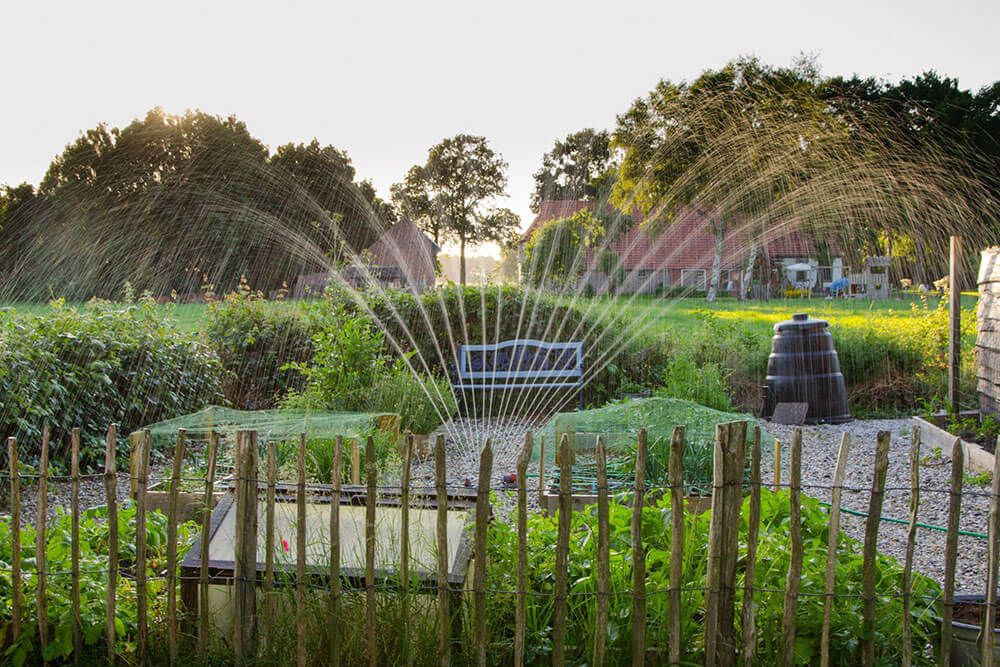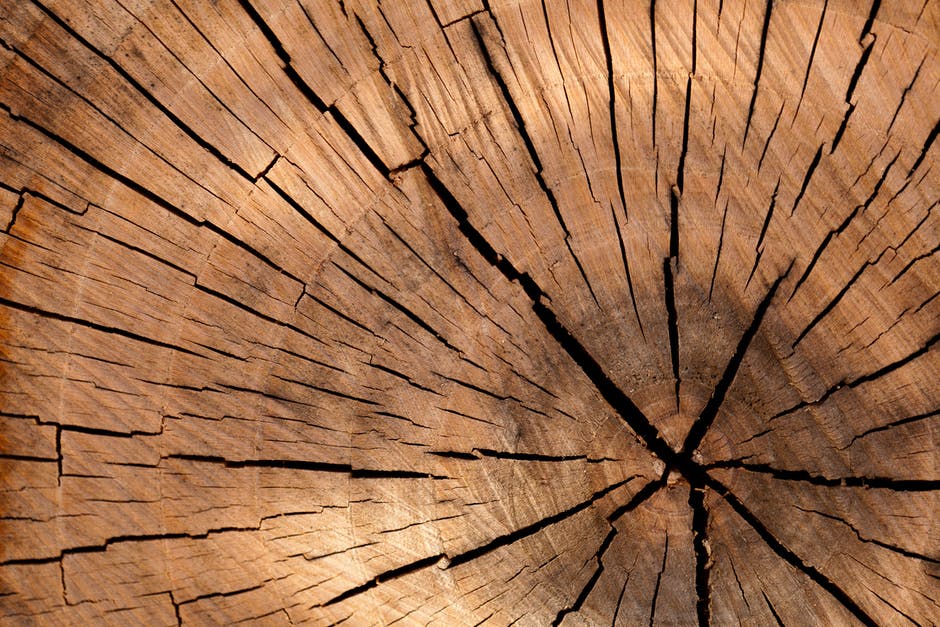Many people believe that weeds, like roaches, will be around when all other living things have ceased to exist. They are the bane of Nashville lawns. There is no permanent fix short of paving over your grass with asphalt. You can’t rid weeds from your life, but you can keep them in check if you exercise a solid weed control plan.
At The Parke Company, Nashville’s leading lawn service and landscaping service, we know the importance of a timely weed control program. Timing truly is everything when it comes to preventing weeds from taking over your grass. There are a number of herbicides available, the trick is knowing what types of weed they are designed to control, and when and how to use them.
If weed control was just about laying down some chemicals, the chore wouldn’t be all that bad. But there’s more to it than that. Let’s walk through how to do springtime weed control.
How to Control Weeds in Your Lawn
Lawn Audit
Grab a couple of leaf bags, gloves, and a leaf rake and head out to “audit” the condition of your lawn. Pick a time of day when the grass is completely dry so you aren’t crushing damp blades with your shoes. What we’re looking for are signs of weak soil. Weeds thrive where the soil doesn’t easily support grass.
Bald spots, winter weeds, brown spots, or thinned out spots are all signs that the soil is probably not up to par. You can get DIY soil testing kits at any garden supply store. Winter weather can have a significant effect on pH levels. If you test your soil and it’s below 6, a thin layer of lime can be added to bring it up.
While you are on this walkabout, pick up debris and trash that has accumulated over the winter. Use the rake to thatch matted patches of grass. Allowing sunlight and air to reach the soil is helpful in maintaining soil nutrients. You may run across some brown slimy stuff. This is snow mold and while it looks ugly, it won’t kill grass unless the lawn is covered in snow for 100 days or more and that’s not going to happen in Nashville.
So, with a cleaned-up lawn and full understanding of soil health from your soil test, it’s time to tackle the weeds.
Pre-Emergent Weed Control
The idea here is to prevent weed seed from taking root. Pre-emergent weed killers do a great job if they are applied at the right time. Ideally, the temperature should be between 55 – 60 degrees, which means late March normally, but the weather has been dodgy, so it could be later. In Nashville, watch for the forsythia to bloom. When that happens, you have about two weeks before weeds germinate.
The downside of pre-emergent herbicides is that they can’t discriminate between weed seed and grass seed. It does a good job on crabgrass and other grass type weeds, but you want to wait at least eight weeks before you use it on an area that you have laid down new grass seed.
Let a Pro Do It
If your schedule is hectic, or if raking, cleaning, and putting down weed killer is something you just don’t want to do, give us a call. Parke started his company in high school doing just this kind of work. Thirty years later, The Parke Company is a trusted Nashville landscaping service known for its certified arborists, excellent tree trimming, and lawn maintenance, including weed control. Call us today and get started on getting your lawn off to a great spring start.
